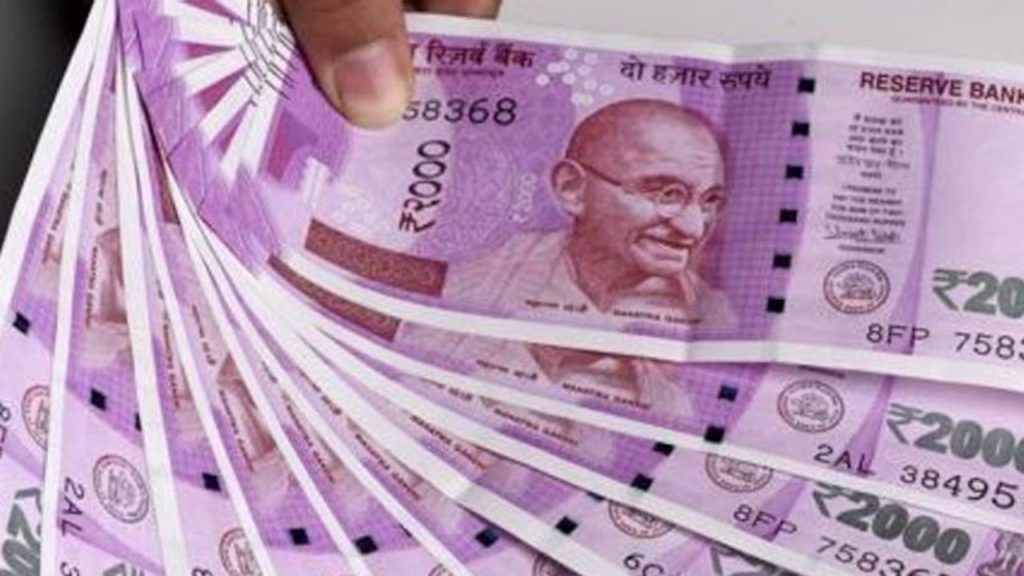Currency Beats Digital India? 20% More Currency In Circulation Despite GDP’s Negative Growth

RBI has released important data, informing the growth in currency circulation by Rs 5,01,405 crore in a year’s time, between January 1, 2020, and January 1, 2021.
This has pulled up the volume of notes in circulation by 22% in 2020, in comparison to 2021, despite a shrinking GDP.
Let’s learn more about this spike in CIC and basic trends.
CIC Grows By Rs 5 Lakh Crore
According to RBI data, the Currency in circulation (CIC) in India has seen a record spur of Rs 5 lakh crore in 2020, despite a reduction in the country’s GDP.
This means that after this recorded jump in CIC, the country’s currency-to-GDP ratio could cross 15%, despite the GDP expected to shrink by 7.5% in FY21.
RBI has also informed that in total, the volume of notes in circulation has increased to Rs 27,70,315 crore, which is a 22% spike as compared to 2019.
Relation Between GDP and CIC Levels
In order to grasp the gravity of the numbers revealed by RBI, it is important to understand the relationship between the GDP growth/fall and the levels of currency in circulation.
In general, with an increase in the gross domestic product of a country, the currency demand increases, thereby increasing the CIC.
Please note that this is not an underlined trend. It is just a general notion.
In a report published by TOI, it mentioned a paper procured by RBI, which stated that in the last 50 years there were only four occasions when currency growth was higher than 17% for 3-4 consecutive years.
On three occasions, 1987-90, 1993-96 and 2005-09, the increase in currency demand was created due to relatively high nominal GDP growth.
However, the current spike in CIC is despite a shrinking GDP.
While CIC does rise with the increase in GDP, a recent paper published by RBI staff said high growth in currency during the last three years was despite low nominal GDP growth.
It also mentioned that this jump in CIC is the sharpest increasing barring the post-demonetisation surge due to banknote replacement.
In FY16, when demonetisation struck, the CIC fell by 20%, which then saw an increase of 37% in the following year, due to issuance of fresh currencies.
Reason Behind Increase in CIC in 2020
With the novel coronavirus pandemic striking without an initial knock, there was unprecedented uncertainty planted in everyone’s mindsets.
This led to people hoarding more and more cash from ATMs, over fears of medical emergencies and a ‘very new’ nationwide lockdown.
With Covid cases increasing in 2020, deposit of cash grew slumpy and the year-on-year growth in currency with the public zoomed from 11.3% on February 28, 2020, to 14.5% in March end, and 21% in June, the same year.

Comments are closed, but trackbacks and pingbacks are open.